Git Revert Multiple Commits
Introduction:
Git is a widely used version control system that allows developers to track changes in their codebase effectively. One of the essential features of Git is the ability to revert commits, which provides a way to undo changes made to a repository. This article aims to guide you through the process of reverting multiple commits using Git and answers various frequently asked questions about the topic.
Checking the Current Branch:
Before diving into the process of reverting multiple commits, it is crucial to verify the current branch you are working on. You can use the following Git command to check the current branch:
“`
git branch
“`
This command will display a list of all branches, highlighting the branch you are currently on. Make sure you are on the desired branch before proceeding with the revert process.
Identifying the Commits to be Reverted:
Next, you need to identify the commits you want to revert. Git provides various ways to identify commits, such as commit IDs, commit messages, or even range of commits. To view your commit history and find the relevant commit IDs, use the following command:
“`
git log
“`
This command will display a history of all commits in your repository along with the associated commit IDs, messages, authors, and timestamps. Note down the commit IDs of the commits you wish to revert.
Reverting Multiple Commits:
Once you have determined the commits you want to revert, you can use the ‘git revert’ command to undo those changes. Git revert creates a new commit that undoes the changes introduced in the selected commits while keeping the commit history intact.
Using the Git Revert Command:
To revert multiple commits, use the ‘git revert’ command followed by the commit IDs separated by a space. For example, to revert commits with IDs ‘abc123’ and ‘def456’, run the following command:
“`
git revert abc123 def456
“`
This command will create new commits that undo the changes made in the specified commits.
Reverting the Most Recent Commit:
If you want to revert only the most recent commit, you can use a slightly different command:
“`
git revert HEAD
“`
Here, ‘HEAD’ represents the most recent commit in the current branch. Running this command will create a new commit that undoes the changes introduced in the last commit.
Reverting a Specific Commit:
In case you want to revert a specific commit identified by its commit ID, you can use the following command:
“`
git revert
“`
Replace ‘
Reverting a Range of Commits:
If the commits you want to revert are in a continuous range, you can use the ‘..’ notation to specify the range. The command format for reverting a range of commits is as follows:
“`
git revert
“`
Replace ‘
Reverting Merge Commits:
Reverting merge commits can be slightly different from reverting regular commits. When reverting a merge commit, you need to specify the parent commit that you want to revert to. Use the following command format to revert a merge commit:
“`
git revert -m
“`
Replace ‘
Handling Conflicts During the Revert Process:
Sometimes, when reverting commits, conflicts may arise. Conflicts occur when the changes made in the commits you are attempting to revert conflict with the current state of the repository. Git will prompt you to resolve these conflicts manually.
To resolve conflicts during the revert process, open the conflicting files in a text editor and modify them to resolve the conflicts. Once you have resolved all conflicts, save the files, and run the following command to continue with the revert process:
“`
git revert –continue
“`
Pushing the Changes to Remote Repository:
After you have successfully reverted the desired commits, you need to push the changes to the remote repository. Use the following command to push the changes:
“`
git push origin
“`
Replace ‘
FAQs (Frequently Asked Questions):
Q1. What is Git revert?
A1. Git revert is a Git command that allows you to undo changes made in a commit by creating a new commit that undoes those changes while preserving the commit history.
Q2. How to revert a specific commit using its commit ID?
A2. To revert a specific commit, use the command ‘git revert
Q3. Can I revert multiple commits at once?
A3. Yes, you can revert multiple commits at once using the ‘git revert’ command followed by the commit IDs separated by a space. For example, ‘git revert abc123 def456’.
Q4. How can I revert the most recent commit?
A4. Use the command ‘git revert HEAD’ to revert the most recent commit. This will create a new commit that undoes the changes made in the last commit.
Q5. What should I do if conflicts occur during the revert process?
A5. When conflicts arise, open the conflicting files, resolve the conflicts manually, save the files, and then continue the revert process using ‘git revert –continue’.
Q6. How can I push the reverted changes to the remote repository?
A6. To push the changes, use the command ‘git push origin
Q7. Can I revert merge commits?
A7. Yes, merge commits can be reverted using the ‘git revert -m
Conclusion:
Reverting multiple commits with Git provides developers with a powerful tool to undo changes and maintain a clean codebase. By utilizing the ‘git revert’ command and understanding various options, such as reverting specific commits or ranges of commits, you can effectively manage your code history. Remember to push the changes to the remote repository after reverting the desired commits to complete the process successfully.
Git Revert Multiple Commits || Ajit Singh
What Is The Best Way To Revert Multiple Commits In Git?
Introduction:
Git is a widely used version control system that helps developers manage and track changes in their codebase. As software development projects progress, there might be situations where you need to revert multiple commits due to issues or changes in requirements. This article will explore the best practices and methods to revert multiple commits in Git, enabling developers to efficiently manage their codebase.
Understanding Git Revert:
Reverting commits in Git is a way to undo or remove changes from the code history. While there are different ways to accomplish this, one common approach is by using the “git revert” command.
The “git revert” command allows you to create a new commit that undoes the changes made in a specific commit or a range of commits. This approach keeps the complete history intact and is considered safer than other methods, such as “git reset” or “git cherry-pick,” which can potentially erase commits from the history.
Reverting Multiple Commits:
To revert multiple commits in Git, you need to identify the commits you want to revert and their respective commit hashes or references. Here is a step-by-step guide:
1. Identify the range of commits:
– To find the commit hashes for the desired range, use the “git log” command. This command lists the commit history with their respective hashes, dates, and commit messages.
– Note down the commit hashes you wish to revert.
2. Revert the commits:
– Use the “git revert” command with the commit hash(s) to create a new revert commit for each commit you wish to undo.
– For example, to revert a single commit, use: “git revert
3. Resolve conflicts if any:
– During the reversion process, conflicts might arise if there have been subsequent changes to files affected by the commits being reverted.
– Resolve conflicts by editing the conflicting files, choosing the desired changes, and saving them.
– Use “git add
4. Commit the reverts:
– After resolving any conflicts, use “git revert –continue” command to commit the reverts.
– Alternatively, if you want to abort the reversion process, use “git revert –abort” command.
Frequently Asked Questions:
Q1: Will reverting multiple commits affect the commits after the range being reverted?
A: No, the revert commits generated by the “git revert” command will only undo the specified commits without affecting subsequent ones. It maintains the integrity of the code history.
Q2: Can I revert a commit that has already been pushed?
A: Yes, you can revert commits that have already been pushed. However, if the commit or commits being reverted were already pushed to a shared repository, you need to push the new revert commits as well to make the changes visible to other developers.
Q3: Are there any other methods to revert multiple commits in Git?
A: While “git revert” is the recommended approach, you can also use “git reset” or “git cherry-pick” to revert changes. However, exercise caution when using these methods, as they can potentially result in data loss or rewriting history.
Q4: Can I revert a merge commit?
A: Yes, you can revert merge commits using “git revert”. Specify the merge commit hash and it will create a revert commit that undoes the entire merge. However, be aware that reverting merge commits can introduce additional conflicts.
Q5: Can I revert a range of non-consecutive commits?
A: Yes, using the “git revert” command with a range, you can revert a non-consecutive set of commits. Simply specify the starting and ending commit hashes, separated by two dots.
Conclusion:
Knowing the appropriate way to revert multiple commits in Git is crucial for maintaining a reliable codebase. By utilizing the “git revert” command, developers can efficiently undo specific changes while preserving the integrity of their code history. This article has provided insights into the process of reverting multiple commits, along with commonly asked questions to address any concerns. By mastering this technique, developers can enhance their ability to manage and track changes effectively in Git.
How To Undo 2 Commits In Git Local?
Git is a powerful version control system widely used by developers for managing and tracking changes to their projects. With its vast array of features, it allows you to undo committed changes effortlessly. In this article, we will explore how to undo two commits in Git locally, providing step-by-step instructions and valuable insights.
Step 1: Check the Commit History
Before proceeding, it is crucial to have an overview of your commit history. This will help you identify the two commits you wish to undo. Open your Git client or navigate to your project’s directory in the terminal and execute the following command:
“`
git log –oneline
“`
This command displays the commit history in a simplified one-line format, allowing you to easily identify the commits you want to undo. Note down the corresponding commit hashes.
Step 2: Initialize Interactive Rebase
To undo the two commits, Git provides an interactive rebase function. Enter the following command into your terminal:
“`
git rebase -i HEAD~2
“`
The `-i` flag indicates that we want to perform an interactive rebase. `HEAD~2` tells Git that we want to rebase the last two commits.
Step 3: Edit the Interactive Rebase List
Once you enter the command from step 2, Git will display an interactive list of commits in your default text editor. This list specifies the operations you can perform on each commit. Locate the commits you want to undo by their commit hashes and replace the word “pick” with “drop” or simply delete the respective lines.
When you are done, save the file and exit your text editor.
Step 4: Finish the Interactive Rebase
After saving and closing the file, Git will automatically process the changes according to your modifications in the interactive rebase list. The specified commits will be “dropped,” effectively removing them from your commit history.
Step 5: Verify and Push the Changes
To ensure that the commits have been successfully removed, execute the same command from step 1:
“`
git log –oneline
“`
You will notice that the two commits you wished to undo are no longer present. Now you can proceed to push the changes to your remote repository with:
“`
git push origin
“`
Replace `
FAQs
Q1: Can I undo more than two commits using this method?
A1: Absolutely! You can modify the value after `HEAD~` in step 2 to undo any number of commits. For example, if you want to undo three commits, use `git rebase -i HEAD~3`. Remember to adjust the alterations in step 3 accordingly.
Q2: Will this method remove the changes made in the commits I want to undo?
A2: Yes, by dropping the commits in the interactive rebase list, the changes introduced by those commits will be permanently removed.
Q3: What if I want to keep the changes from the commits I’m undoing?
A3: If you wish to retain certain changes introduced by the commits, you can modify the interactive rebase list. Instead of replacing “pick” with “drop,” you can replace it with “edit.” After saving and closing the file, Git will pause at the first commit you specified as “edit.” You can then make the necessary changes, and by executing `git add .` and `git commit –amend`, you can include the modifications in previous commits. Once done, continue with `git rebase –continue`.
Q4: Can I undo multiple commits that are not consecutive?
A4: Yes, by using `git rebase -i HEAD` instead of specifying a number, Git will present an interactive rebase list of all the commits from the branch’s earliest commit to `HEAD`. You can then modify the list accordingly, including non-consecutive commits.
Q5: Is it possible to undo commits after pushing them to a remote repository?
A5: Yes, but it is generally discouraged to remove commits from a shared branch’s history, as it can cause conflicts and confusion for other developers working on the project. It is best to consult with your team before removing any commits on a branch that is shared.
In conclusion, Git’s interactive rebase feature provides a convenient way to undo commits in your local repository. By following the steps outlined in this article, you can effectively remove the desired commits and push the changes to your remote repository. Remember to exercise caution when modifying commit histories and consider the impact on collaborative projects.
Keywords searched by users: git revert multiple commits Git revert, Git revert commit ID, Git revert old commit, Git commit revert, Git revert last commit, Git revert –no-commit, Git reset n commits, Revert commit merge git
Categories: Top 93 Git Revert Multiple Commits
See more here: nhanvietluanvan.com
Git Revert
Introduction:
Git is a powerful version control system that allows developers to manage their codebase efficiently. One key feature of Git is the ability to undo changes using the “revert” command. In this article, we will delve into the concept of Git revert, exploring how it works, when to use it, and its impact on code management. We will also address some frequently asked questions to provide a comprehensive understanding of this crucial Git functionality.
Understanding Git Revert:
Git revert is a command that creates a new commit to reverse the changes made in a previous commit. It essentially allows you to roll back to a previous version of your codebase while maintaining a record of the changes made. Unlike other Git commands like “reset” or “checkout,” which can potentially rewrite history, Git revert is a safe way to undo changes without altering the commit history.
Using Git revert:
To use Git revert, you must first identify the commit you want to undo. This can be achieved by using the “git log” command that displays a list of commits and their respective commit IDs. Once you have identified the commit, you can revert it using the following command:
git revert
Upon executing this command, Git will create a new commit that undoes the changes made in the specified commit. This new commit will contain the opposite changes of the original commit, allowing you to effectively revert to a previous state while preserving a clear history of the codebase.
When to use Git revert:
Git revert is particularly useful in scenarios where you want to undo changes made in a specific commit without affecting the commits that came after it. This can be beneficial in situations such as mistakenly committing a bug or realizing that a certain feature implementation is causing issues. By using Git revert, you can effectively fix the problem without disrupting the existing development progress.
Additionally, Git revert can help manage conflicts effectively. When multiple developers are working on a project simultaneously, there is a chance of conflicts arising. Git revert can be used to undo changes that conflict with the current development track, resolving conflicts and streamlining the collaboration process.
Advantages of using Git revert:
Using Git revert offers numerous advantages in code management. Let’s explore a few:
1. Safe reversal of changes: Unlike other Git commands that can modify commit history, Git revert allows you to undo changes without rewriting the commit history. This ensures the integrity of the codebase and avoids potential conflicts with other developers.
2. Preserves commit history: Git revert creates a new commit that precisely undoes the changes made in a previous commit. This ensures that the codebase’s commit history remains intact and provides a clear record of all changes made.
3. Facilitates collaboration: Git revert simplifies the process of resolving conflicts between developers’ contributions. By reverting conflicting changes, Git helps maintain a clean development track and minimizes errors arising from code inconsistencies.
Frequently Asked Questions:
Q1: Can I revert multiple commits simultaneously?
A1: Yes, Git revert allows you to revert multiple commits at once. You can revert multiple commits by specifying their commit IDs in an appropriate order.
Q2: How does Git revert handle conflicts?
A2: When reverting changes that result in conflicts, Git will notify you of the conflicts and guide you through the resolution process. You can resolve the conflicts manually or use Git’s built-in conflict resolution tools.
Q3: Does Git revert remove the commit I want to revert completely?
A3: No, Git revert does not remove the commit entirely. It creates a new commit that undoes the changes made in the specified commit. The original commit remains in the commit history, ensuring a clear record of all changes.
Q4: Can I revert a revert commit?
A4: Yes, you can revert a commit that was previously created using the Git revert command. This can be useful if you want to reapply the changes or if the revert itself caused issues that need to be addressed.
Concluding thoughts:
Git revert is a powerful tool that helps developers effectively manage code changes and collaborate seamlessly. By allowing safe undoing of changes while preserving commit history, Git revert ensures code integrity and provides an efficient way to address conflicts. Understanding how to use Git revert and its advantages is crucial for any developer striving for efficient version control and code management.
Git Revert Commit Id
When working on a project, it is not uncommon to introduce bugs or make mistakes that need to be fixed. This is where Git revert commit ID comes into play. Instead of manually undoing changes, which can be tedious and error-prone, Git allows developers to revert commits effortlessly.
To revert a commit, one must first identify the commit ID that needs to be undone. The commit ID is a unique identifier that Git assigns to every commit and can be found by using the `git log` command. Once the commit ID is obtained, the following command can be used to revert the commit:
“`
git revert
“`
Executing this command will create a new commit that effectively undoes the changes made in the specified commit. Git achieves this by applying the inverse of each change introduced in the commit to the current branch, thus effectively reverting the commit.
It is important to note that the command `git revert` does not modify the commit history. Instead, it creates new commits that offset the changes made in previous commits. This means that the original commit and the revert commit coexist in the project’s history. Consequently, Git revert commit ID is considered a safe way to undo changes without affecting the commit history.
In addition to reverting individual commits, Git also supports reverting multiple commits in a single command. Instead of specifying a single commit ID, a commit range can be provided to revert a series of consecutive commits. For example:
“`
git revert
“`
Executing this command will create a new revert commit for each commit in the specified range, effectively cancelling out the changes introduced by those commits.
Now that we have explored the basics of using Git revert commit ID, let’s address some common questions developers may have.
**FAQs**
**Q: Will reverting a commit modify the commit history?**
A: No, reverting a commit does not modify the commit history. Git creates new commits that offset the changes made in the original commit, allowing the original and revert commits to coexist.
**Q: Can I revert a commit that has already been pushed to a remote repository?**
A: Yes, you can revert commits that have been pushed to a remote repository. However, a push is required to update the remote repository with the new revert commits.
**Q: Will reverting a commit affect other branches?**
A: When a commit is reverted, the changes are applied to the current branch. Other branches are not affected by the revert. If the changes introduced in the commit need to be undone in multiple branches, the revert must be done individually in each branch.
**Q: Can I undo the revert commit itself?**
A: Yes, the revert commit can be further modified or even entirely undone. This can be achieved by using Git’s standard commands such as `git commit –amend` or `git reset`. However, modifying the revert commit will create additional commits and can complicate the project’s history.
In conclusion, Git revert commit ID is a powerful feature that allows developers to easily undo changes made in previous commits. By creating new revert commits, the original changes can be effectively canceled out, all while maintaining a clear commit history. Whether it is fixing bugs or rolling back unwanted changes, Git revert commit ID is an essential tool in the arsenal of every developer.
Images related to the topic git revert multiple commits
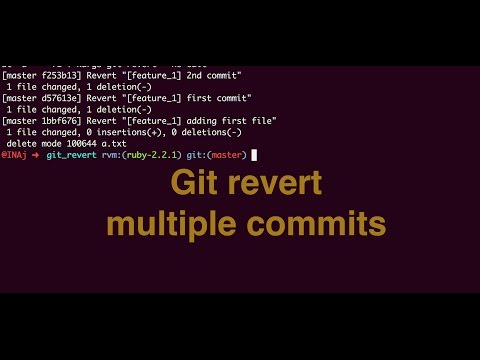
Found 36 images related to git revert multiple commits theme

![albert's blog: [Git] How to revert multiple git commits? Albert'S Blog: [Git] How To Revert Multiple Git Commits?](https://2.bp.blogspot.com/-Bq9cp04Syd0/W4Tj0LA8TSI/AAAAAAAAoMI/X5w_Abh6jBEboHAnfR9W9k-uCukRXm7YgCLcBGAs/s1600/Image_20180828135509.png)
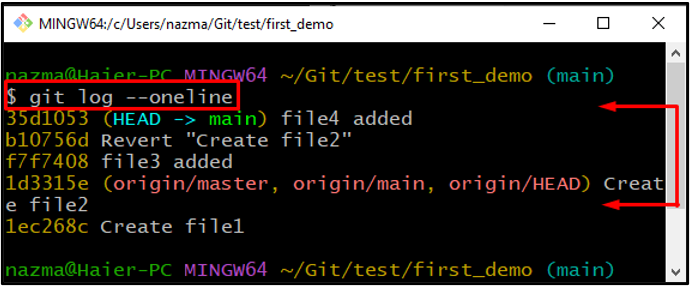
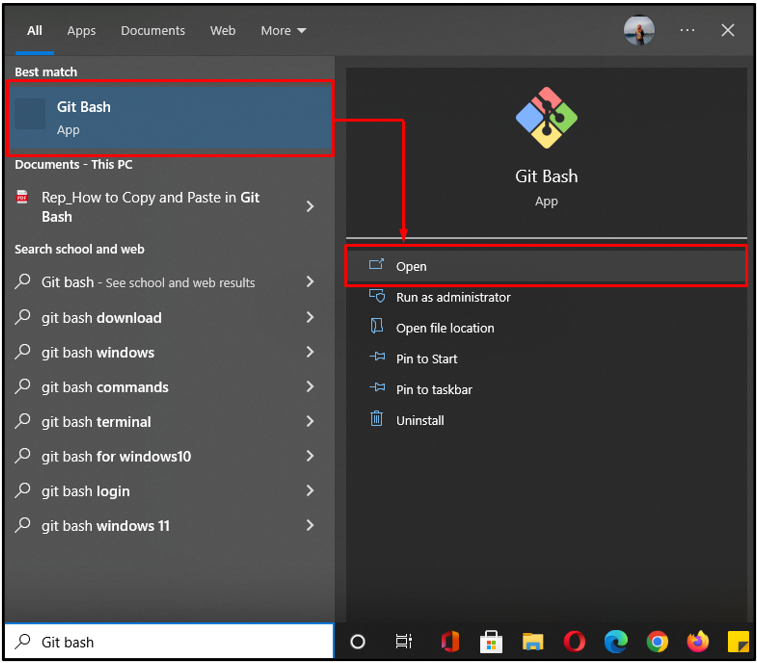
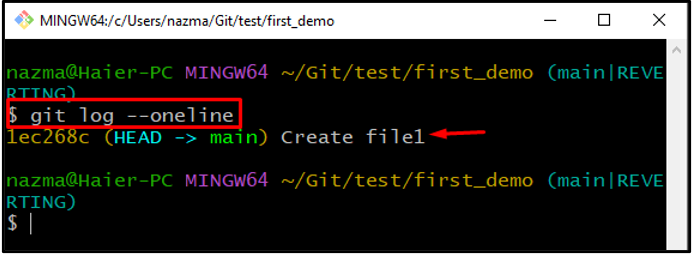

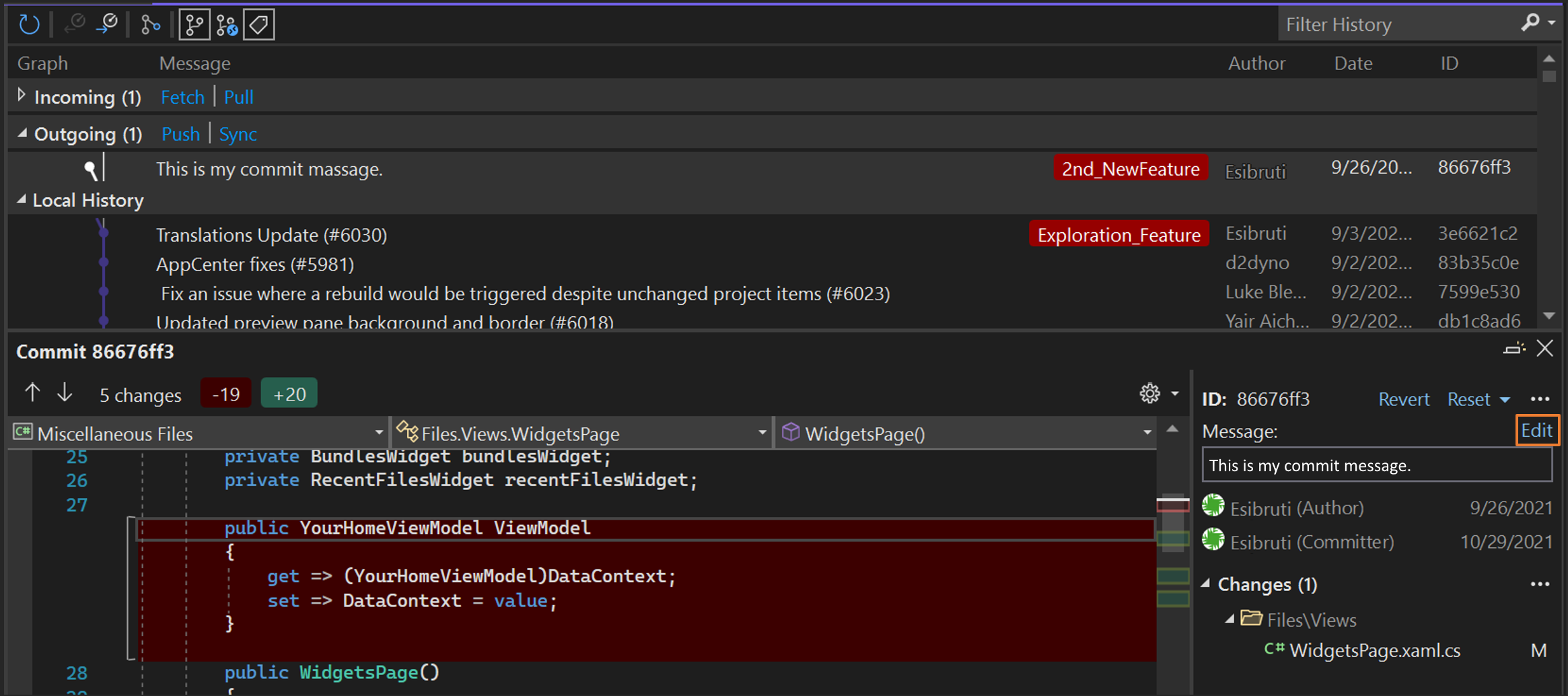

![How to use git revert properly [4 Different Ways] | GoLinuxCloud How To Use Git Revert Properly [4 Different Ways] | Golinuxcloud](https://www.golinuxcloud.com/wp-content/uploads/git_revert.jpg)



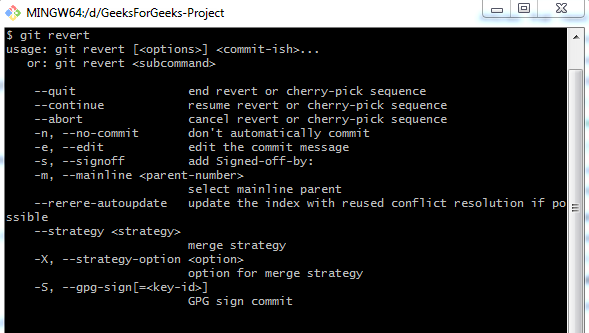
![How to use git revert properly [4 Different Ways] | GoLinuxCloud How To Use Git Revert Properly [4 Different Ways] | Golinuxcloud](https://www.golinuxcloud.com/wp-content/uploads/gitlab-66.jpg)
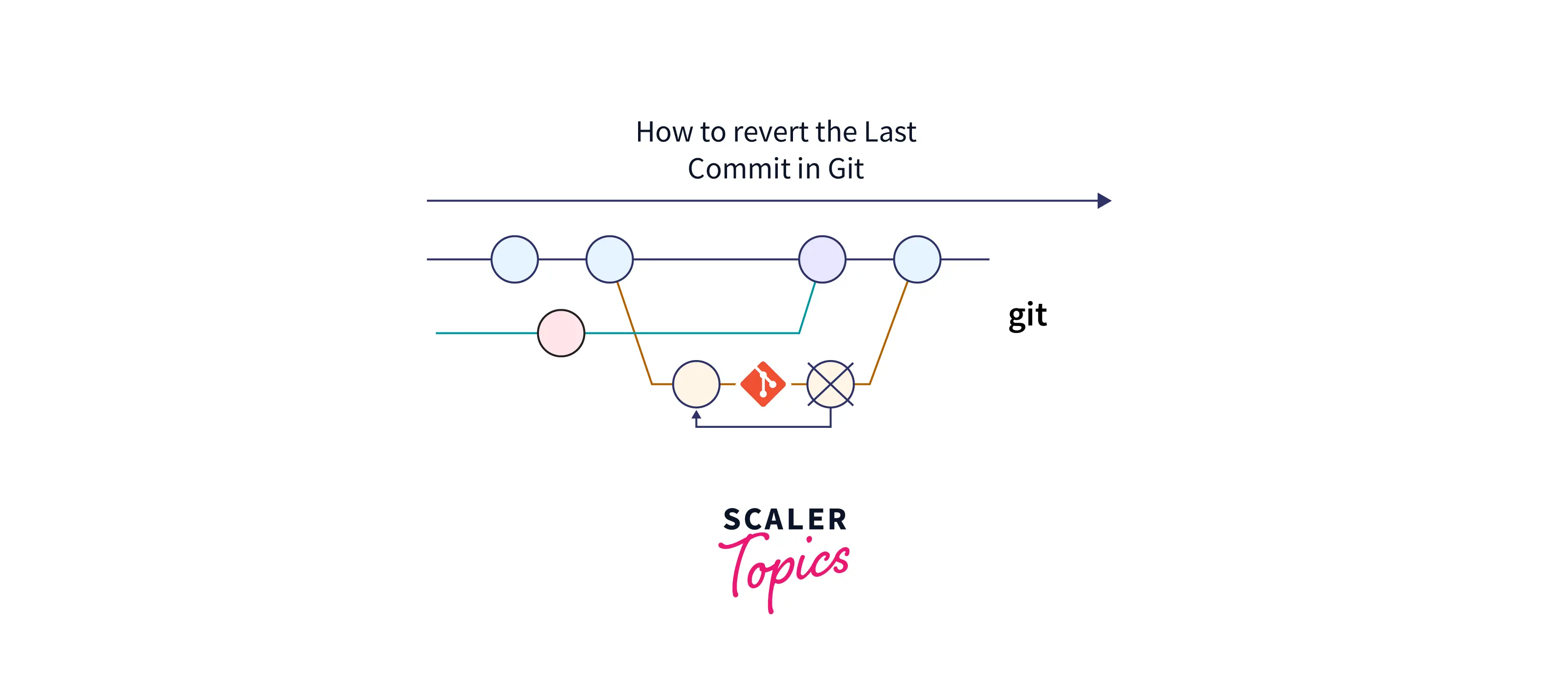

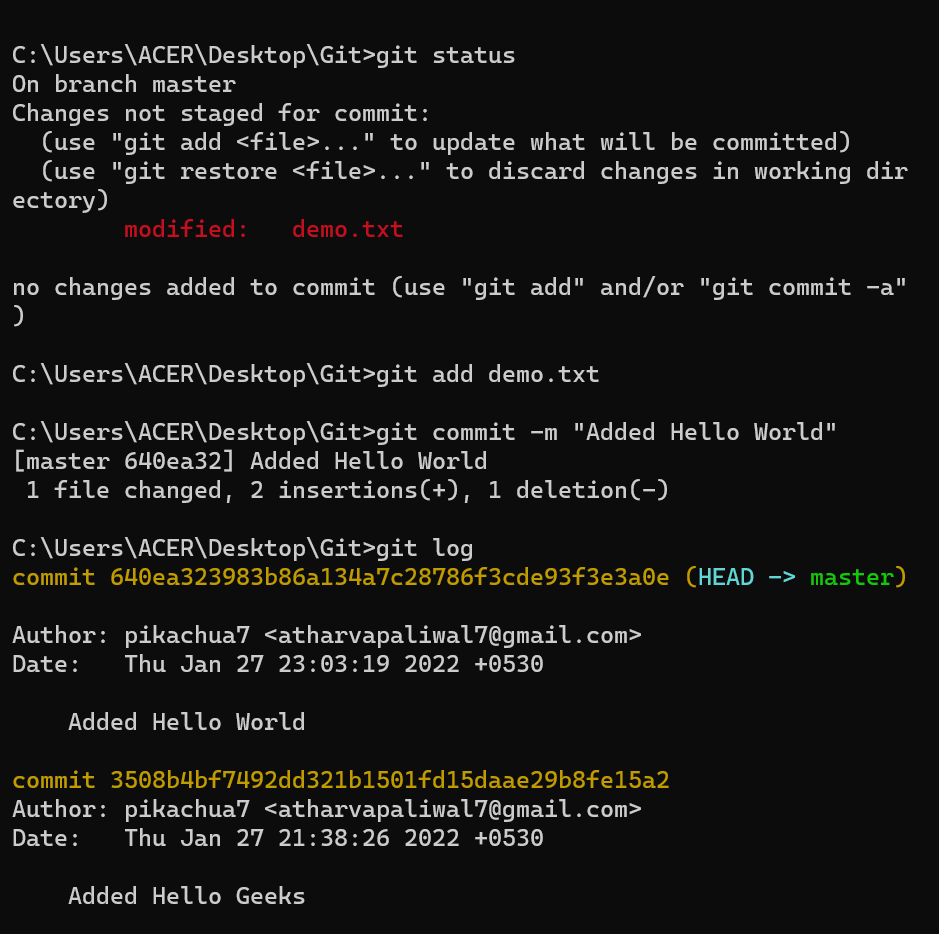

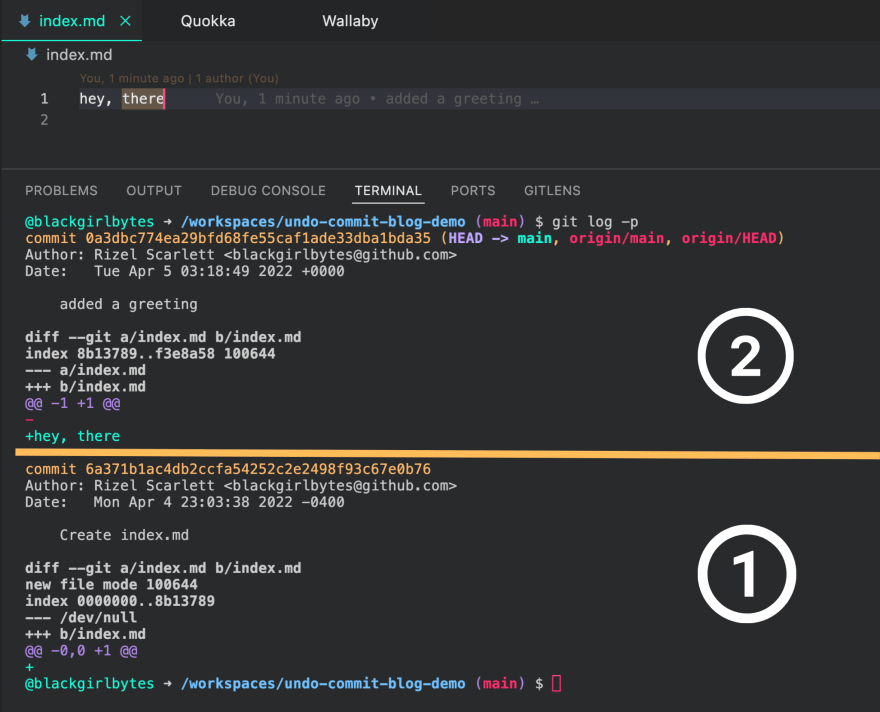



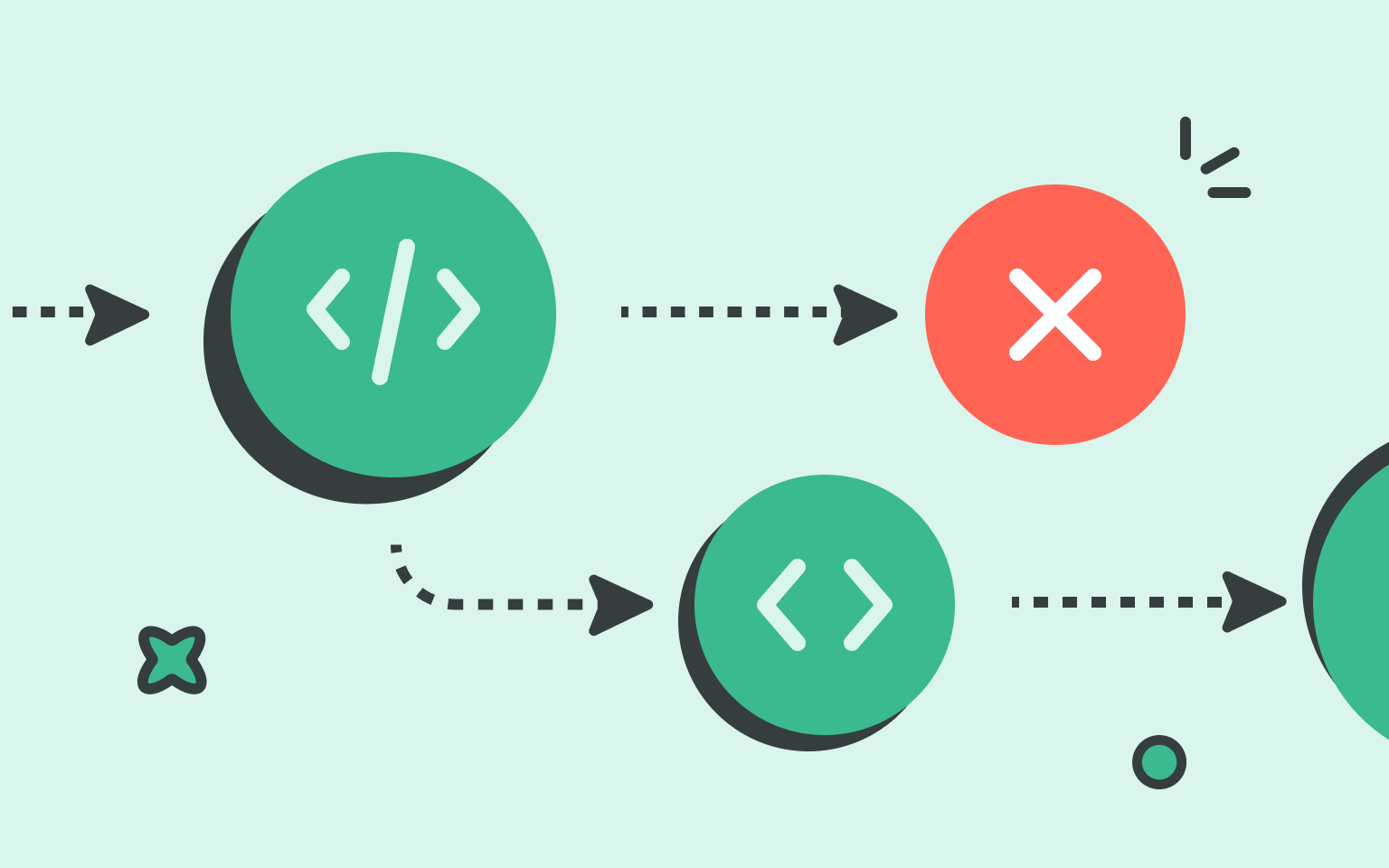
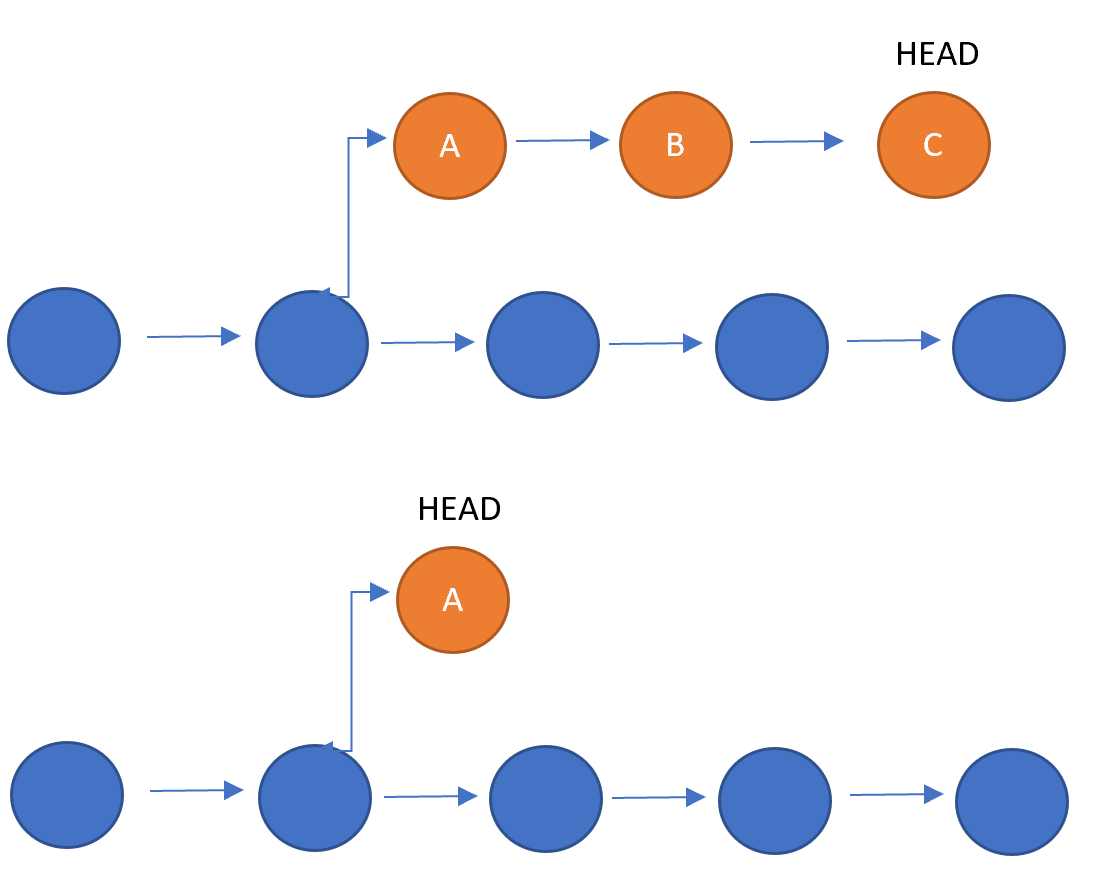

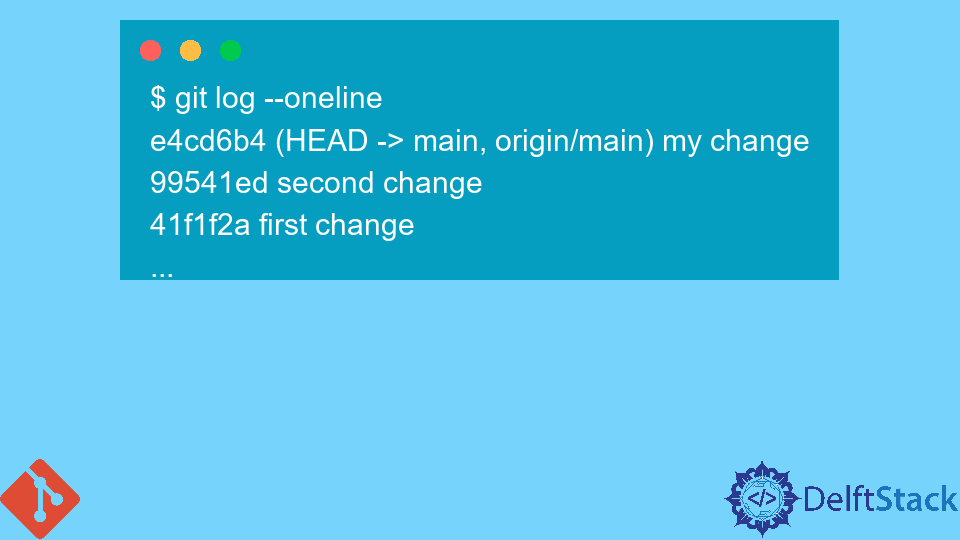



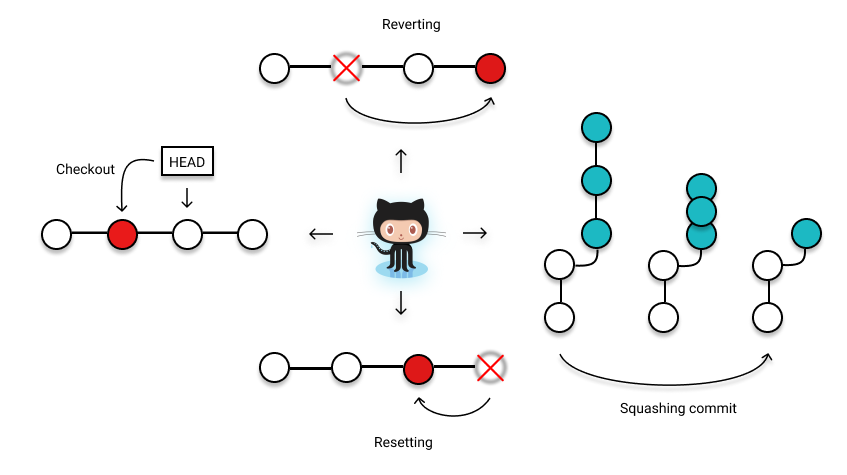
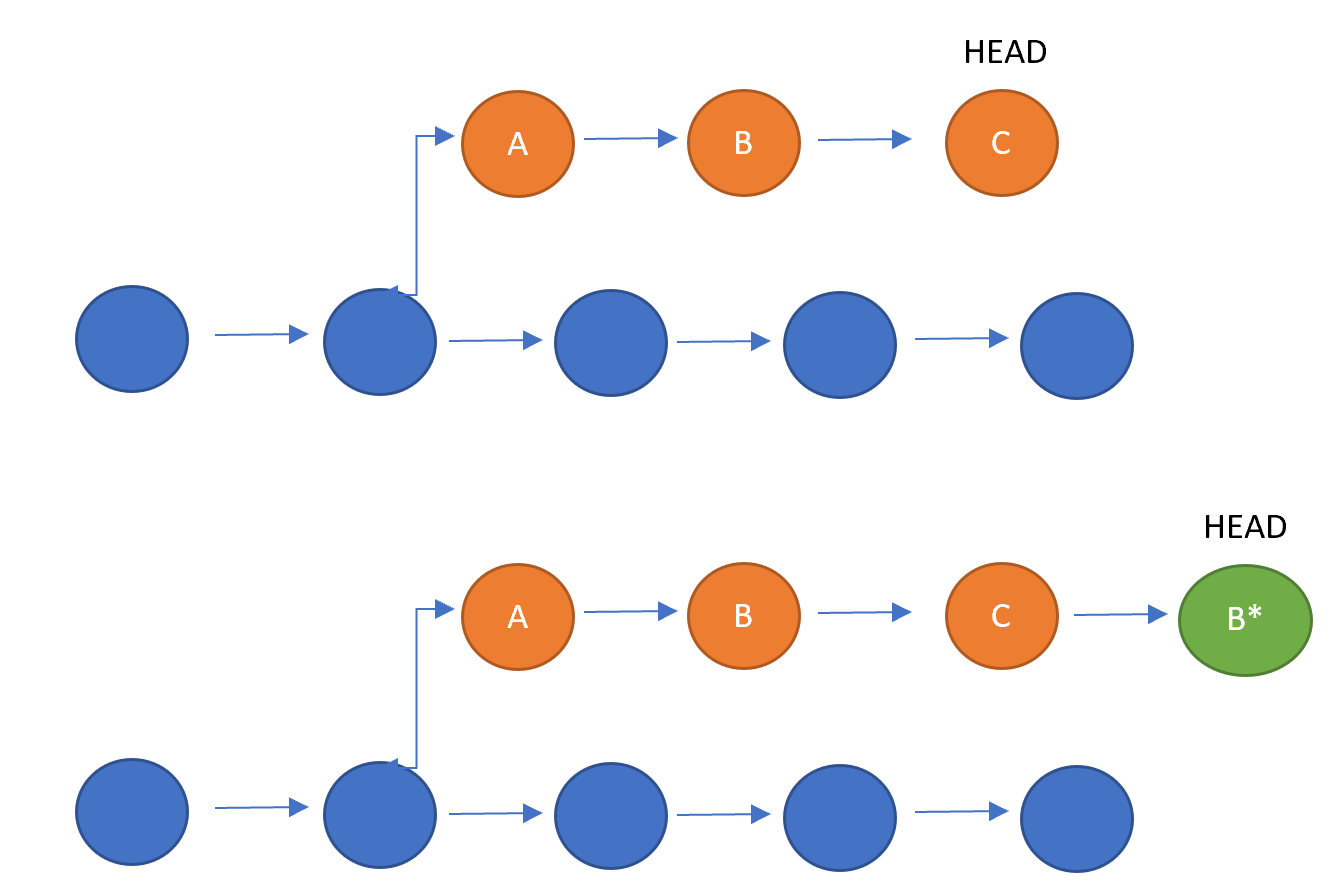


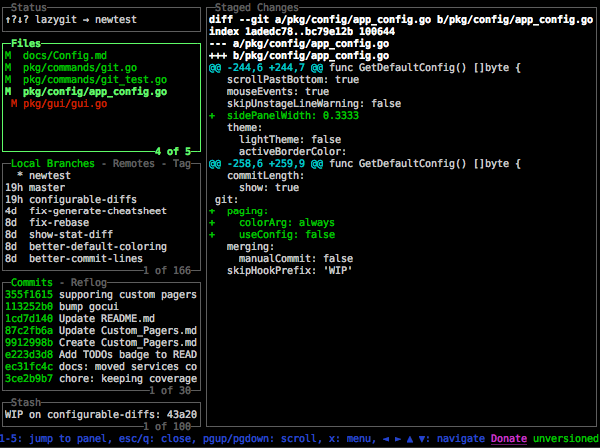



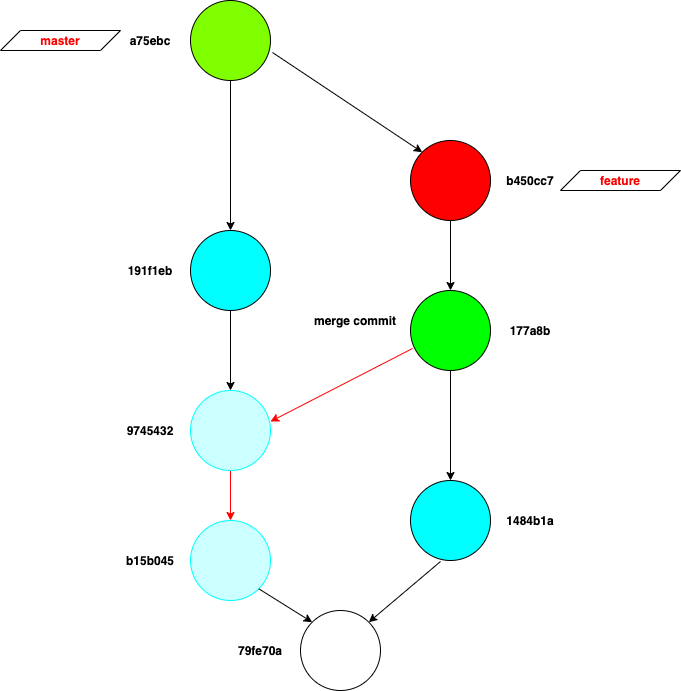



![How to use git revert properly [4 Different Ways] | GoLinuxCloud How To Use Git Revert Properly [4 Different Ways] | Golinuxcloud](https://www.golinuxcloud.com/wp-content/uploads/git-revert-2.png)





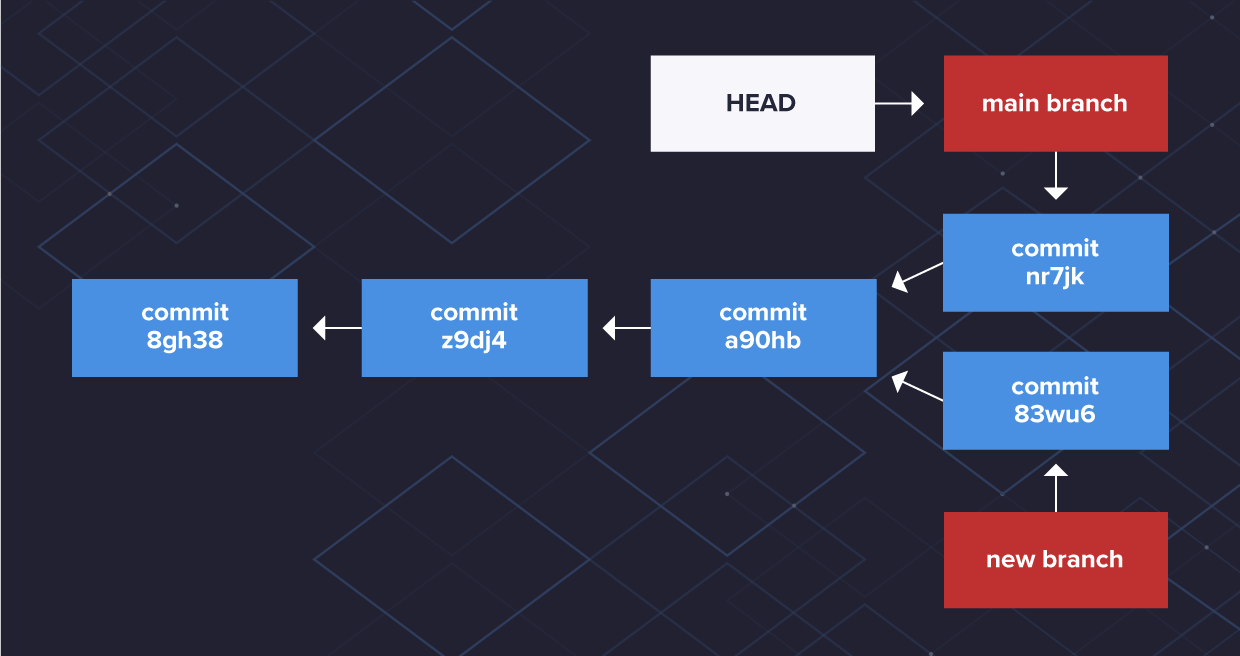
Article link: git revert multiple commits.
Learn more about the topic git revert multiple commits.
- How can I revert multiple Git commits? – Stack Overflow
- How To Revert Multiple Commits In Git?
- How do I revert multiple commits in Git? – Gitnux Blog
- How to Revert Multiple Commits in Git – Linux Hint
- Git Tutorial: Git Revert Multiple Commits – Pierian Training
- Free Tutorial: Undo Changes in Git – Noble Desktop
- How to Undo Recent Commits in Git – W3docs
- Git Revert Multiple Commits | Delft Stack
- Git: reverting a range of commits – GitHub Gist
- Git Revert Commit | Solutions to Git Problems – GitKraken
- Reverting a Git Commit with Examples – Devart
- Revert multiple discrete commits | Sourcetree For Mac
See more: nhanvietluanvan.com/luat-hoc